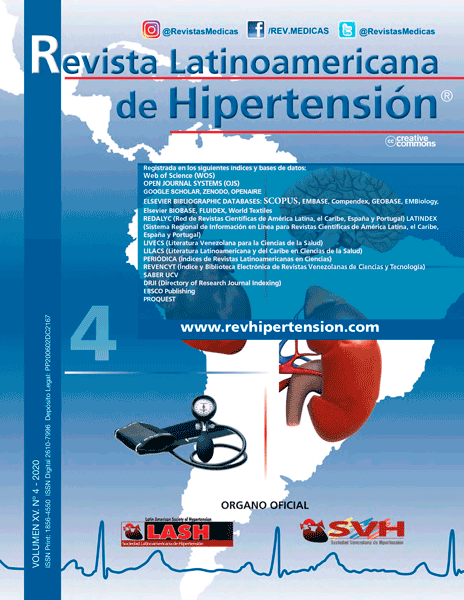Assessment of echocardiographic derived LVM and LVMI in end stage renal disease patients in Babylon province
Palabras clave:
echocardiographic derived LVM and LVMI, end-stage renal disease, Babylon provinceResumen
Abstract: End-stage renal disease is a worldwide distribution with a high mortality rate and cardiac complication, one of the most common causes of death of these patients. An evaluation was done to investigate the prevalence of LVH and its types among patients with a chronic renal disease with end-stage and the role of LVM and LVMI in the detection of cardiac dysfunction. A cross-sectional study was performed in Merjan teaching hospital with 34 patients with end-stage renal disease were enrolled in this study. Anthropometric data like weight and height were recorded. Echocardiographic measurements include ejection fraction (EF), stroke volume (SV) and left ventricular mass (LVM) which was indexed by body surface area to yield left ventricular mass index (LVMI). Percentage of abnormal LVM, LVMI and the more predominant type of left ventricular hypertrophy was assessed. Correlation studies between LVM and LVMI with EF and SV were done. Prevalence of LVM and LVMI above the normal level was 75%,78% respectively, with a predominant type of concentric LVH (70.9%). Correlation study between EF and LVM showed non-significant correlation (r= 04, p>0.05) and non-significant negative correlation of EF and LVMI (r= - 02, p>0.05). This study showed a positive correlation of stroke volume and LVM, LVMI (r= 0.5, r= 0.67 respectively, p<0.05). Left ventricular hypertrophy one of the common findings in patients with chronic renal disease and reflects the presence of cardiac involvement and the development of LV dysfunction. Therefore, assessment of LVM and LVMI could be of a valuable role for treatment strategy and for follow up.

